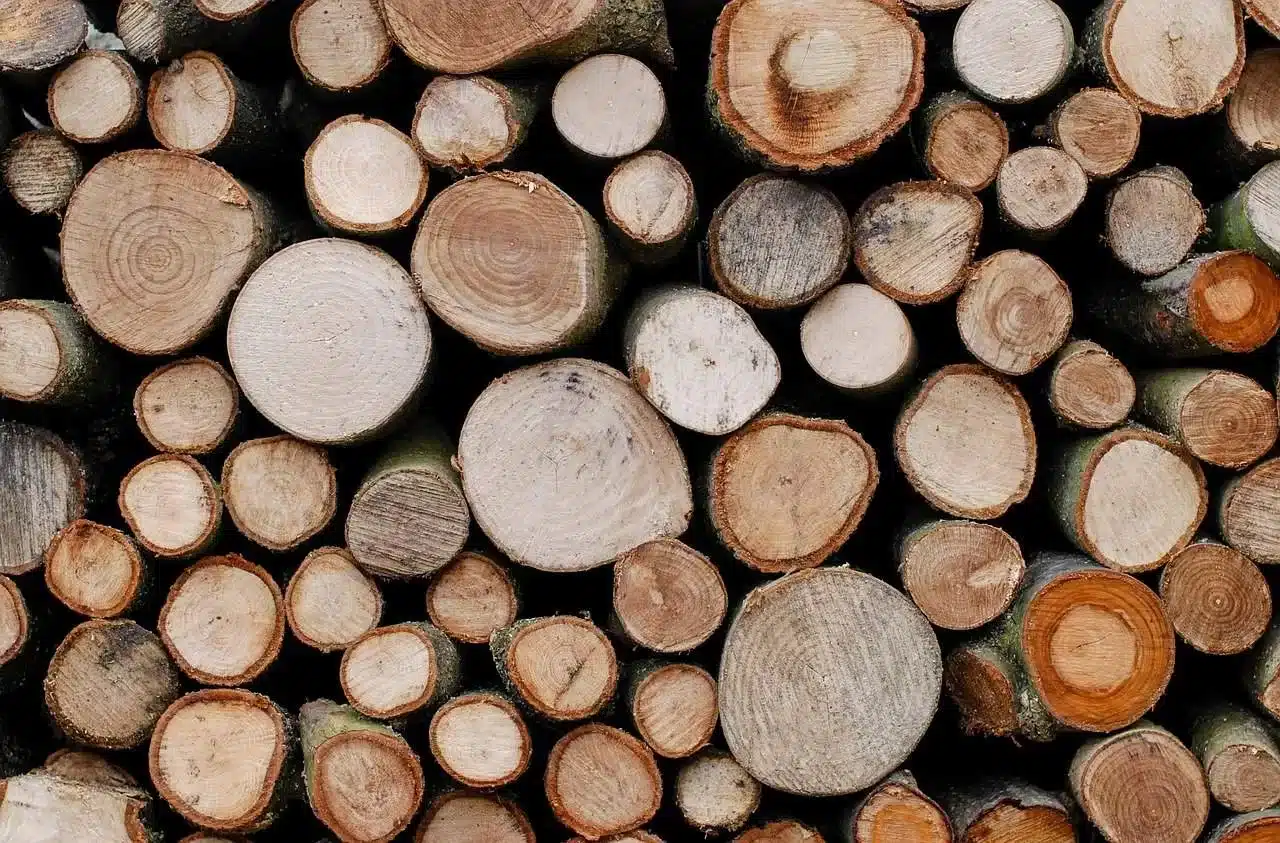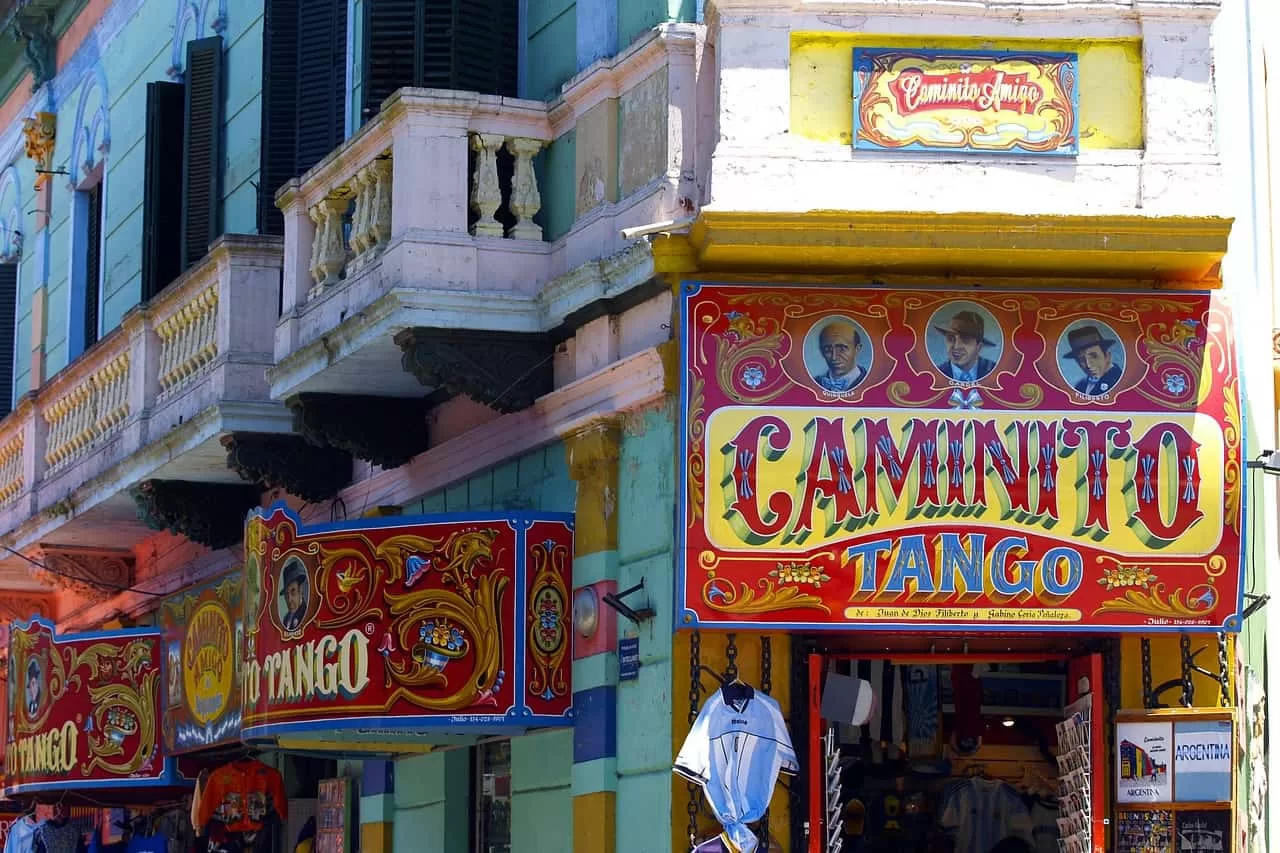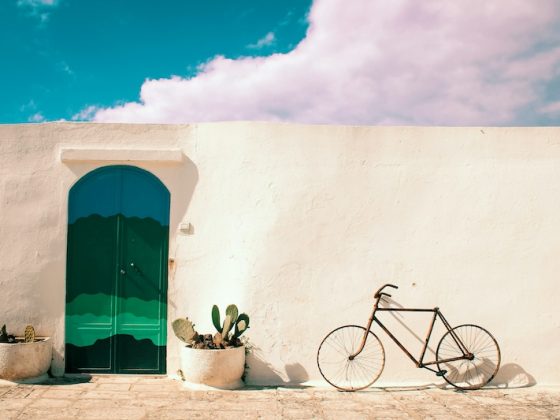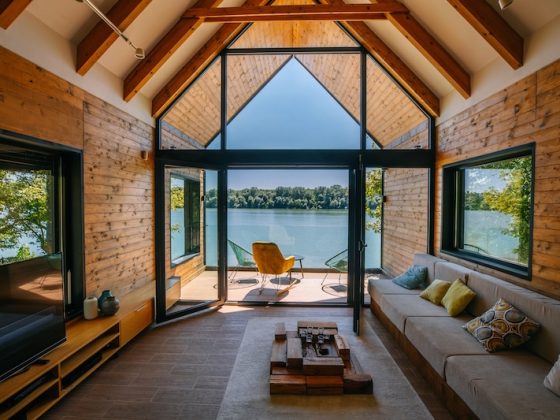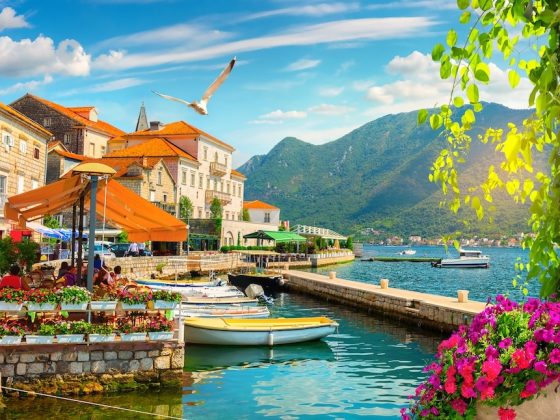Teak is a type of hardwood that is commonly used for construction purposes throughout South East Asia and South America. In recent years, the commodity has sustained high prices in global markets and is expected to continue growing as time passes. In addition to this, many South American countries have begun to leverage their citizenship in exchange for investments in their teak industries in an attempt to attract greater foreign investment.
For these reasons, I’ve begun to introduce many of my clients to teak to ensure their long-term financial stability and so that they can acquire dual nationalities which will provide untold benefits. In all my research on teak, I’ve realized that there is very little information on the financial potential of teak as an investment option.
So, to fill in this knowledge gap, I’ve decided to dedicate an entire blog to tell people how well teak has been performing in the global commodity markets and what advantages it offers to people besides profits.
What Is Teak?
Teak has traditionally been considered a commodity for the wealthy because of the durability of structures and furniture made from it. For centuries it has occupied one of the highest price levels because of its preference by the wealthy and now because of high demand in real estate construction. It’s grown mostly in the Asia Pacific region like Indonesia, Thailand and Burma but you’ll also find plenty of teak plantations across Nicaragua and Panama.
Here is an amazing webinar I did with Rachel Jensen from TeakHardwoods that explains a lot.
The High Demand For Teak
The real estate market in South Asia has been booming for the better part of the past 2 decades. Persistent trends point this out with increased real estate prices. According to financial consultancy powerhouse PwC, markets in China, Singapore, Thailand and Vietnam are all set for long term growth in the real estate markets which is garnering global attention. Investors are looking to buy up property in this region, owing to the expected rise in prices, which could generate high returns for anyone who plays their cards right.
When you hone in on countries like India and China, you will notice a steady increase in the proportion of middle-class households who are now looking to invest in property. With the rising demand of real estate, the demand for teak is also on the rise since it’s often used as part of the finishing process in these countries for things like flooring or even in furniture. Now imagine; the combined population of China and India amounts to 2.6 billion people. This is just over a third of the entire population of the world. With each passing day, an increasing percentage of people are going to demand real estate, which will lead to a corresponding rise in the demand for teak. Considering the projected increase in population and therefore the demand for real estate, it’s very likely that teak prices will continue to rise in the distant future. Clearly, there is a lot of value that Teak presents for any investors interested in making money off of their portfolios.
A Historical Price Analysis For Teak
The United Nations has collected price figures for forestry and timber from around the world for the past 53 years in Europe alone. This lists down the exports, imports and the per-unit prices for either over these past 5 decades. A closer look at these numbers actually tells you how the demand for timber, particularly teak, has been steadily rising over the time period. Countries like Greece have seen timber prices rise by 50% in the past 6 years alone.
Even the import volumes for countries like Italy, Poland, Portugal and Austria are as high as 9,718,000 cubic meters of timber in 2017. Clearly, there is a huge market for this commodity in Europe.
When you direct your attention to Asia, you will find that countries like China, India and Thailand are increasing their teak imports from major teak producers like Burma. Observations conducted on these trade patterns found that the market has shifted from Asia to importing from Latin American countries like Costa Rica, Panama and Columbia. It’s interesting to note that China and India are importing equally high amounts of teak from these markets. There is definitely room to lucratively tap into this huge market, investing in South American teak plantations.
Other Advantages Of Investing In Teak
South America countries have recently become major players in global teak markets. In an attempt to bolster their teak industries, these countries have started investing heavily in forestry and timber to increase production and gain a greater market share. These economic efforts have led to diplomatic moves made on part of countries like Panama and Nicaragua, who offer investors residencies in return for investing in their forest plantations.
This presents a dual advantage to any investors. For one thing, investing in the teak industry in these countries gives you clear access to Asian teak markets and for another, you may qualify for a second residency in a stable country. Should you choose to invest in real estate, which also serves as a teak plantation, there is no telling how great this could be for your long-term financial growth. As such, teak investments are perhaps the smartest decision anyone can make.
Here is The Ultimate Guide to Investing in Teak Wood. A fantastic handbook to keep in your library.
If you have any questions regarding purchasing Teak in Central America, please contact our office HERE.
Contact Author
"*" indicates required fields
Stay Ahead on Every Adventure!
Stay updated with the World News on Escape Artist. Get all the travel news, international destinations, expat living, moving abroad, Lifestyle Tips, and digital nomad opportunities. Your next journey starts here—don’t miss a moment! Subscribe Now!
